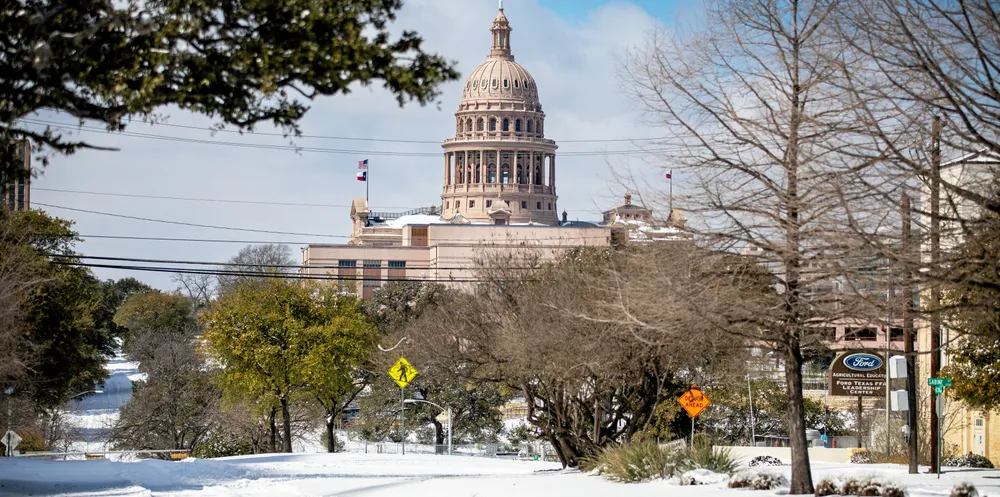Main Texas power grid back up as state assesses fault and 'immense human suffering'
Grid operator ERCOT says network collapse 'can't happen again', as investigations into state's lack of preparedness launched by the Federal Energy Regulatory Commission
